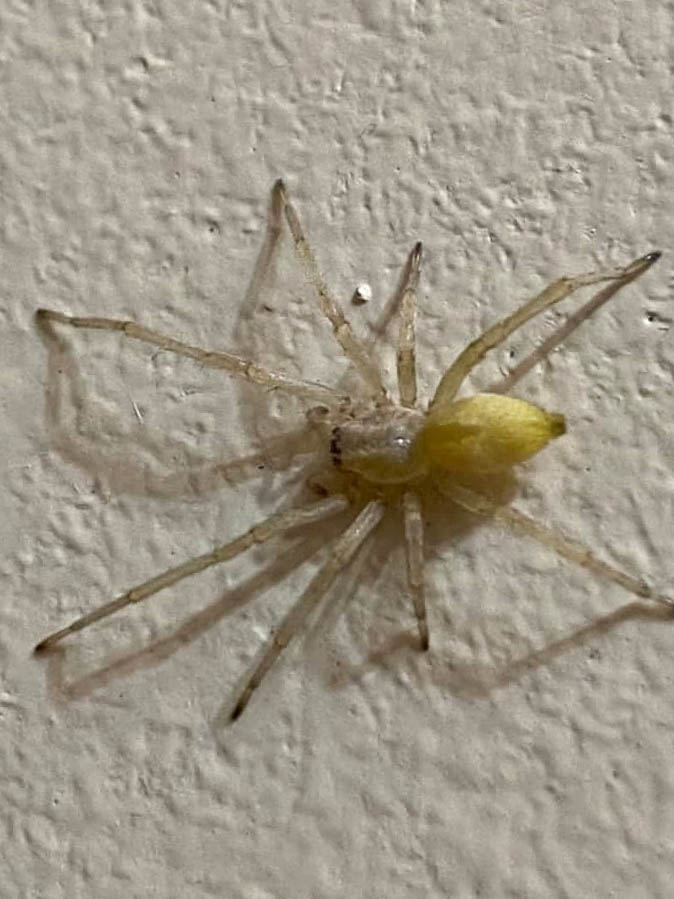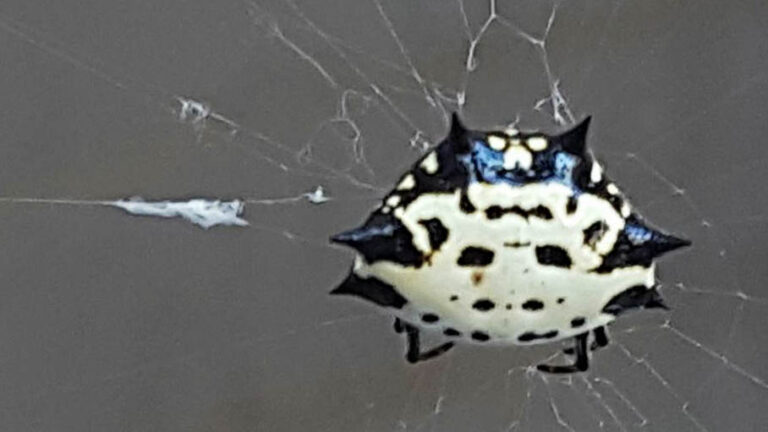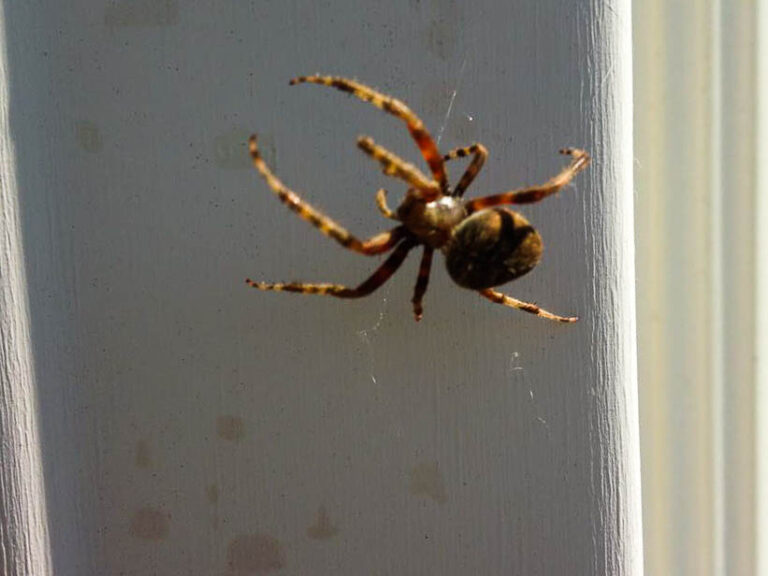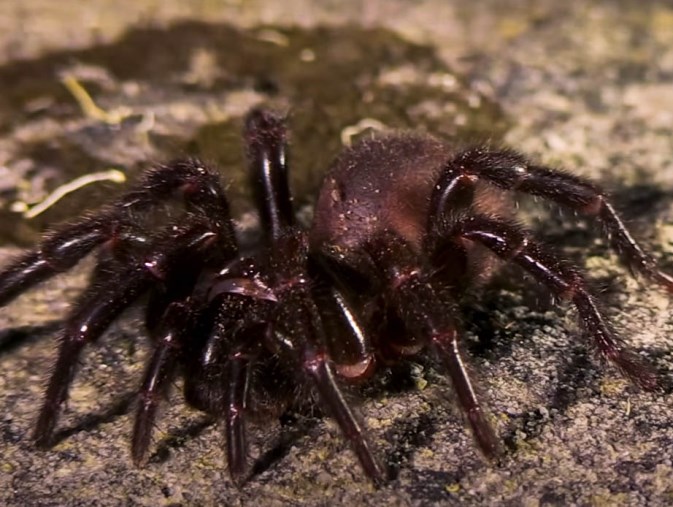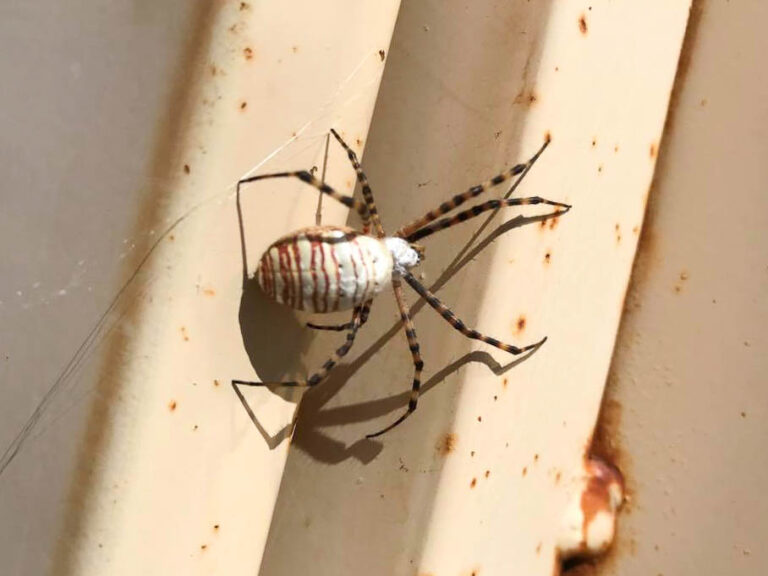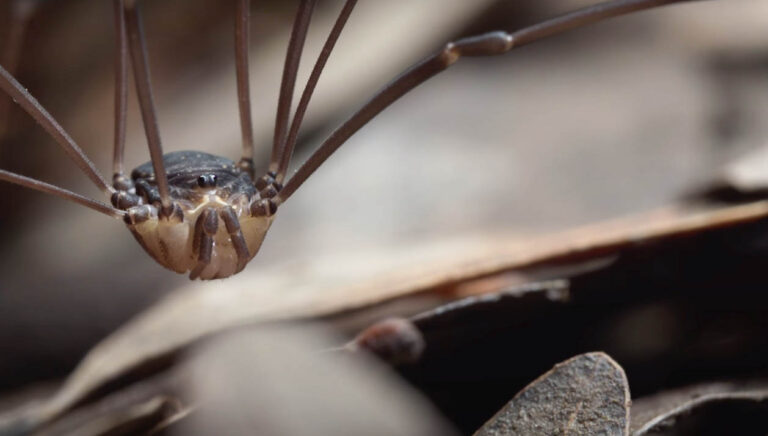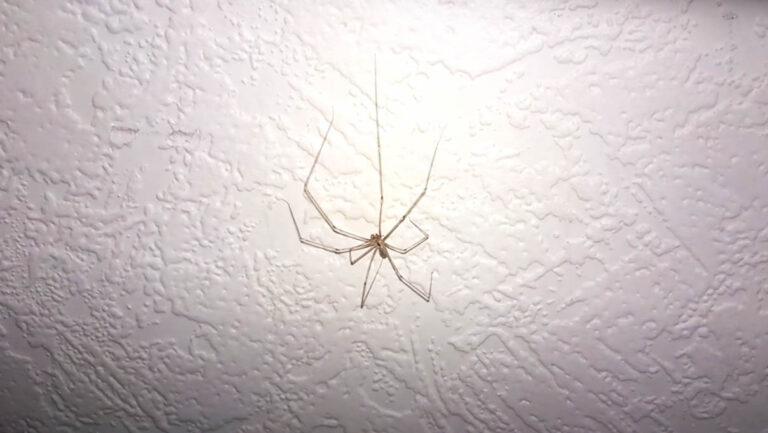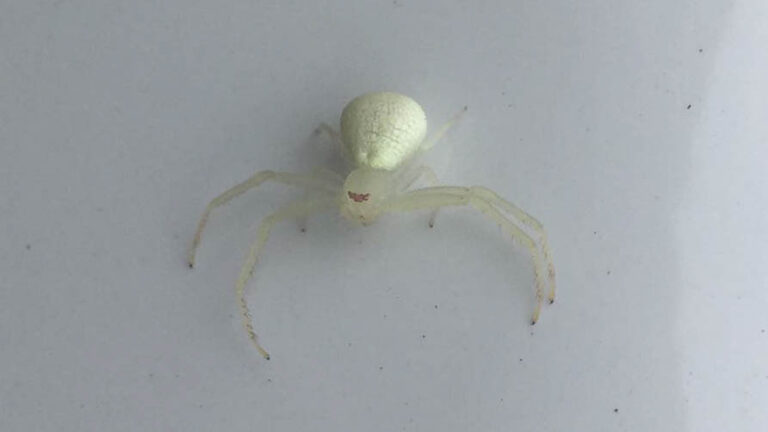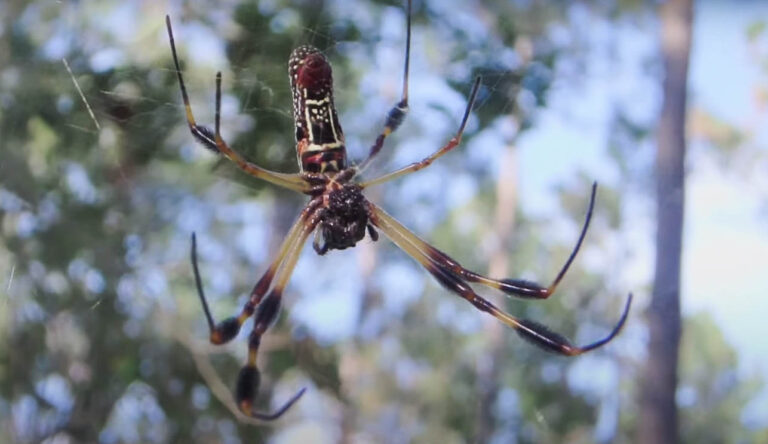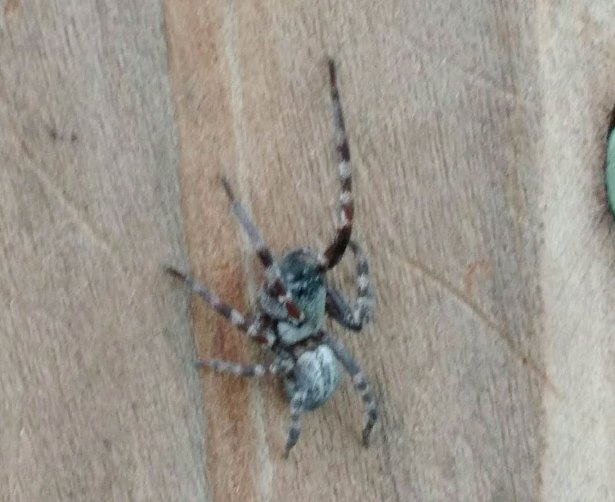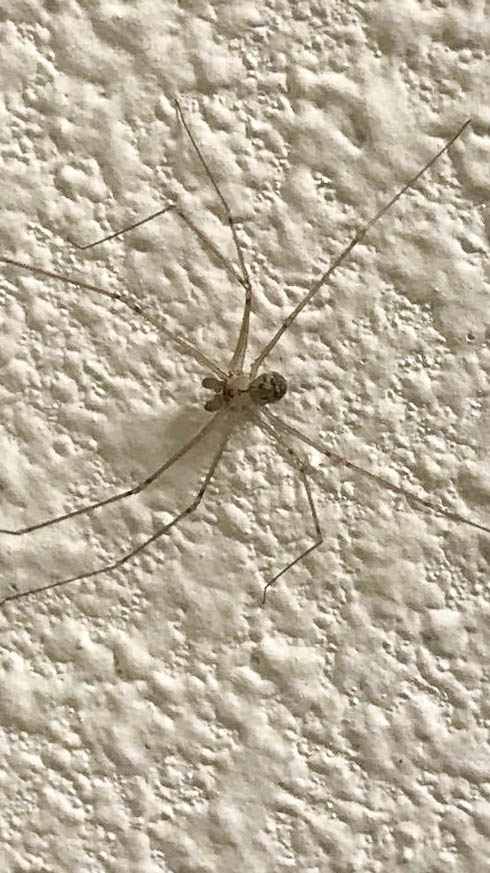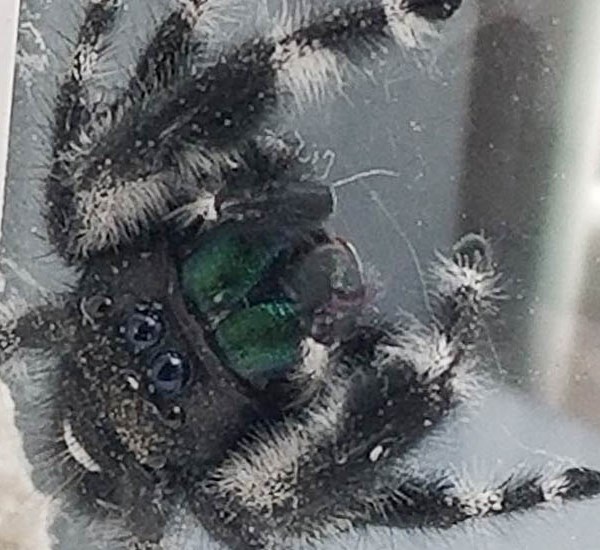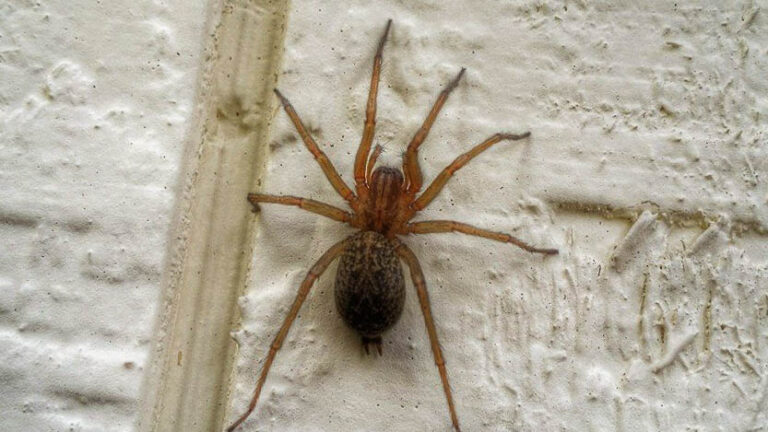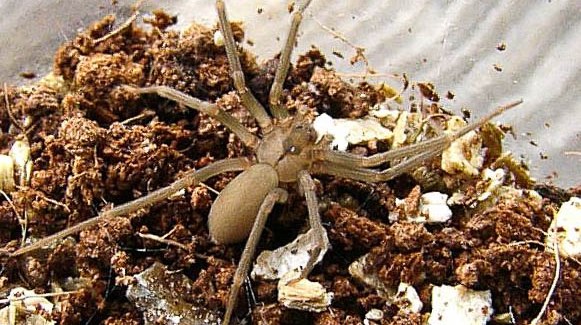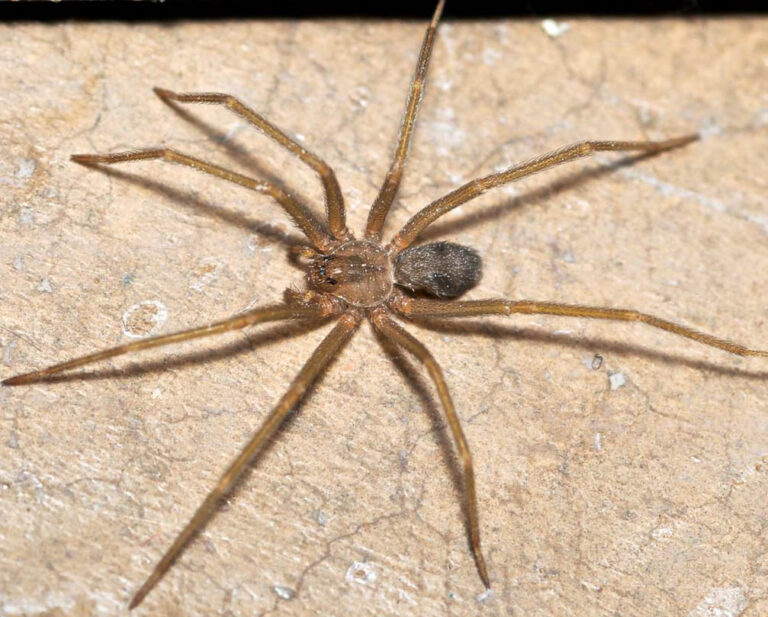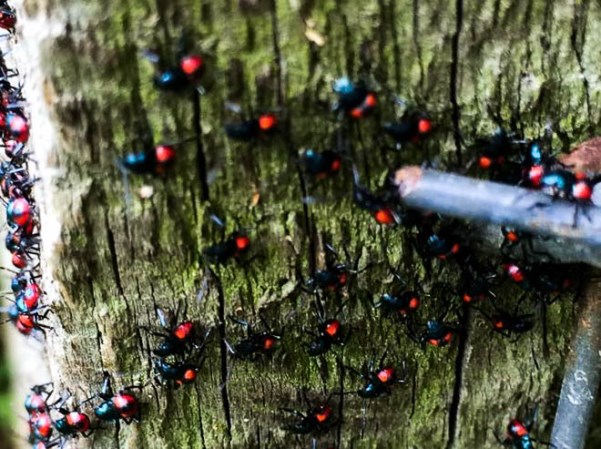About Garden Spiders
About Garden Spiders
Garden spiders are also referred to as yellow garden, zigzag, or corn spiders. This species mostly lives in gardens and clearings, hence the name, garden spiders. They live throughout North America. They tend to avoid mountainous regions and the sub-arctic regions. Garden spiders belong to the orb-weaving family renowned for weaving intricate webs with a distinctive wheel shape.
Appearance
The garden spider has two distinct body parts, an enlarged abdomen and a cephalothorax. The abdominal region bears bright yellow spots. The arachnids have eight legs that bear unique yellow stripes. This species is armed with fangs for injecting venom into prey and rivals. The females always outgrow males. On average, however, the spider’s small body has a length ranging from 0.20 to 1.10 inches.
Behavior
The garden spider exhibits diurnal behaviors; it’s most active during the daytime, but provided the weather permits, they can be active at night. This species spends most of their lifetime suspended in their intricate, wheel-shaped webs.
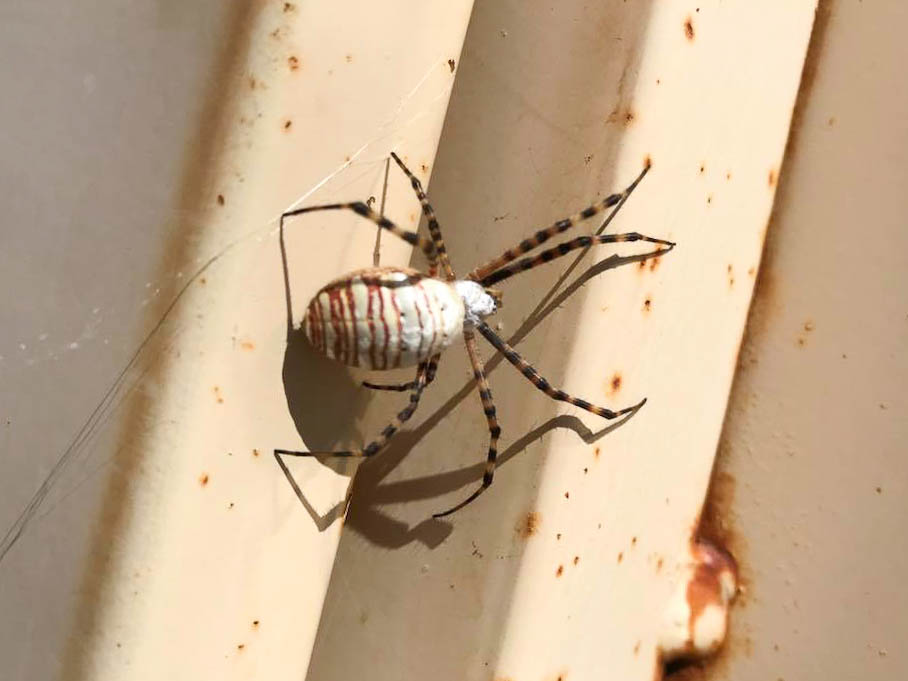
These creatures are renowned for their solitary behavior; they’ll only interact with the opposite sex for mating purposes. These spiders exhibit peculiar behavior of feeding on its web at night to re-weave it the next day. Researchers believe that by eating its web, the spiders recycle nutrients and feed on small food particles caught in the web.
It’s common for the females to cannibalize the males after mating. To avoid being devoured, the male first drops a safety line to use as an escape route if things get a bit out of control.
The spider traps its prey using an adhesive web. The spiders continually expand the radius, or reach, of its web to trap more insects. Once prey gets caught, the web gets rattled, attracting the spider to subdue the stuck insects. The garden spider wraps the insects in a silk material until it’s completely immobilized before injecting it with venom from its fangs.
Life Cycle
The females weave a small silk-like egg sac where they lay their eggs. The sac typically holds hundreds of minute spider eggs. The onset of the cold seasons effectively kills off the females.
The female's eggs hatch in early spring. The newly-hatched spiders are capable of knitting their circular webs. These spiderlings rely on the ballooning technique to migrate to new locations. The small hairs on the spiderlings’ legs allow them to drift in the wind.
Once they’ve moved away from the mother’s nest or web, the immature garden spiders will remain active throughout summer and fall until they find mates to reproduce with. Typically, these species die after one to two years.
Habitat
Besides being abundant in gardens, meadows, and clearings, this species also occupies other habitats, both wild and in human settlements.
While in the wild, this species primarily inhabits gardens and other vegetative spaces. You’ll find the spiders living in small plants, flowers, and shrubberies. Other typical habitats include farmlands, woodlands, scrub forests, swamps, and meadows.
In human settlements, the garden spiders construct their webs in rafters and wooden beams. You’ll spot them on your front porches, boathouses, sheds, and the top corners of your doors and windows.
Are Garden Spiders Harmful?
Garden spiders are known to be cool arachnids. For this reason, they rarely bite humans unless they are fiercely threatened—pressed on a human’s body. These spider bites are not poisonous to humans.
However, if a garden spider bites you, pain accompanied by mild swelling will be felt. For home treatment, use an ice pack, clean the area with water and soap. Alternatively, seek medical assistance.
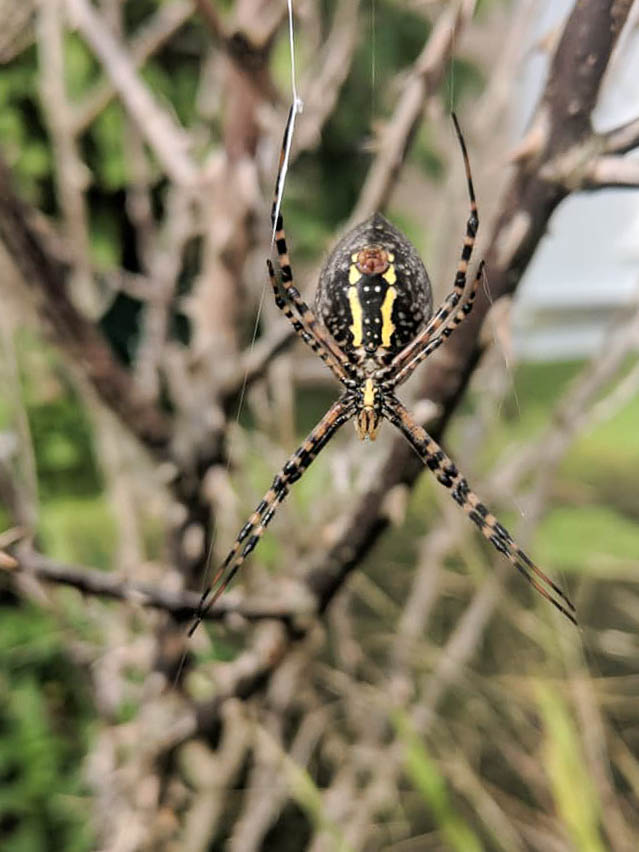
How to Control Garden Spiders
Are you tired of garden spiders making webs on your farm and in the house? If so, below are some methods you can employ to eliminate them.
- ensure your garden is clean by clearing all bushes surrounding it
- seal all entrances—cracks and crevices in the house
- contact pest control specialists to get an appropriate insecticide

